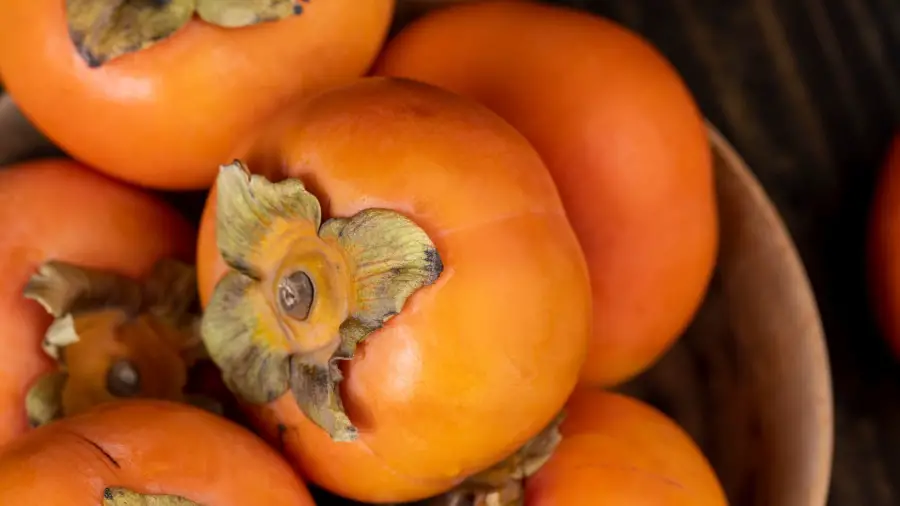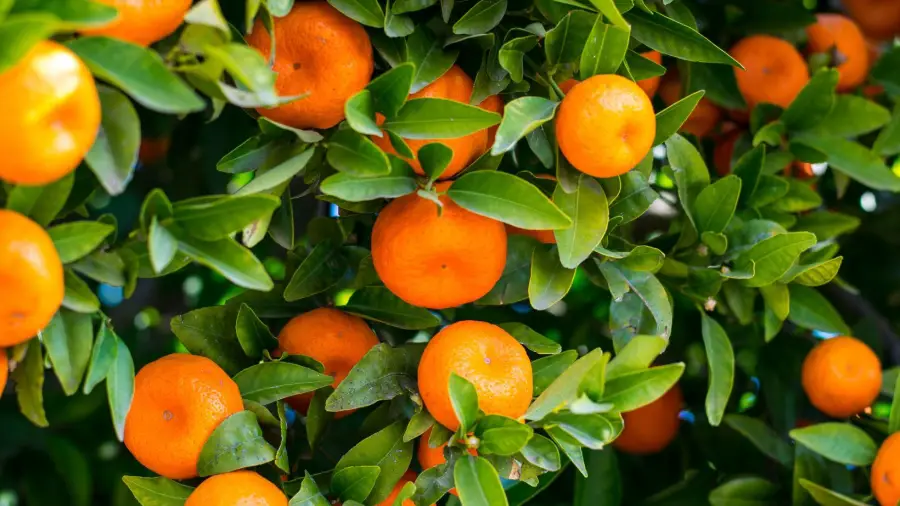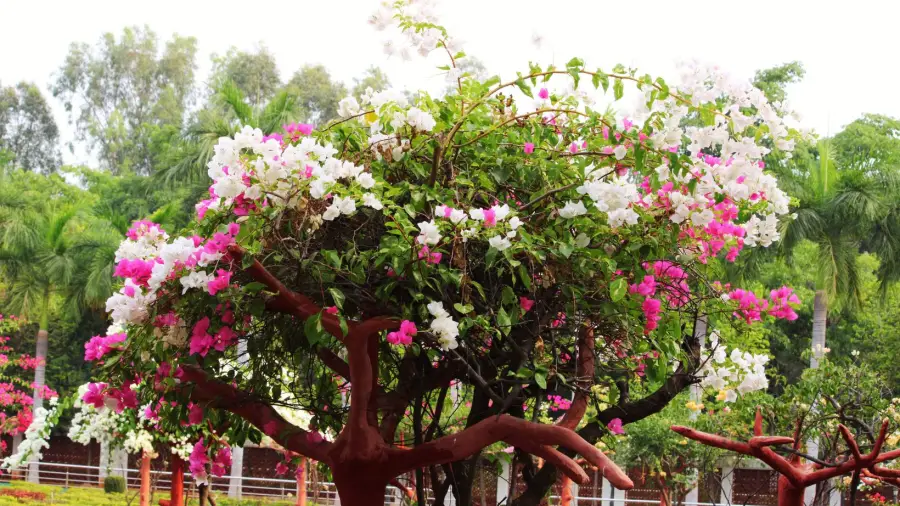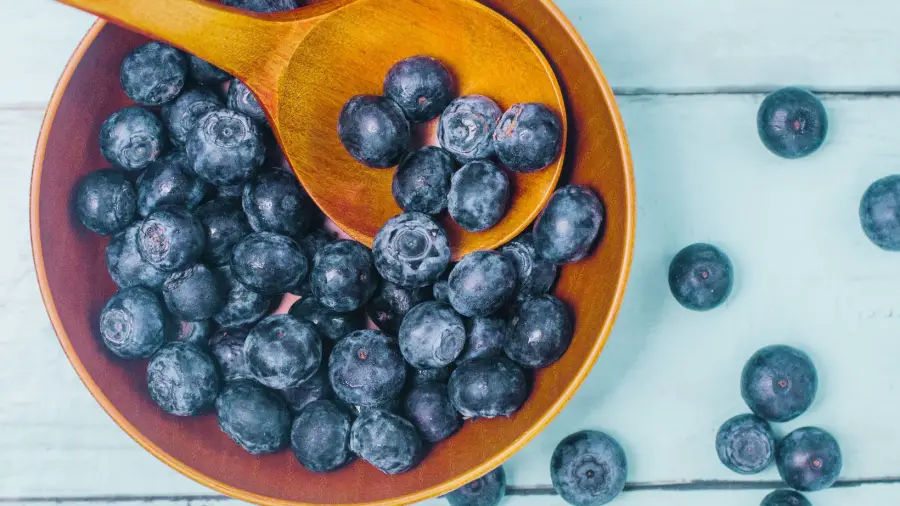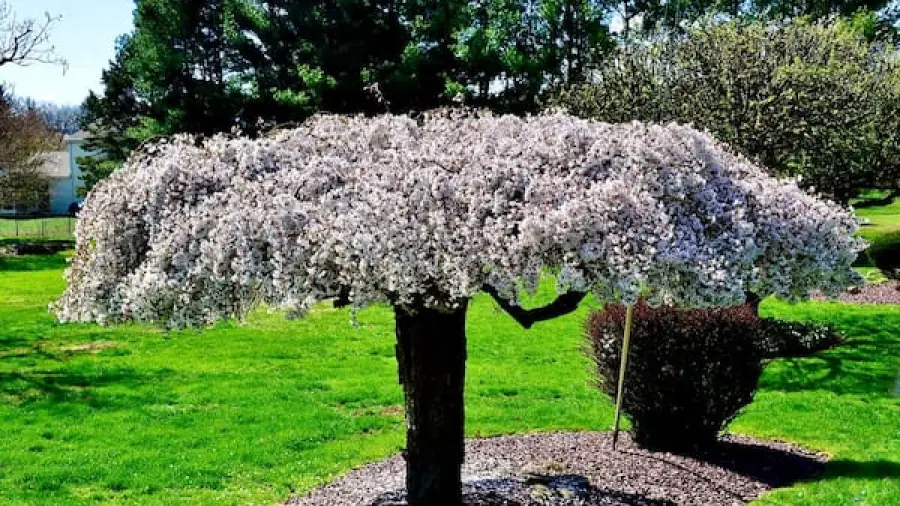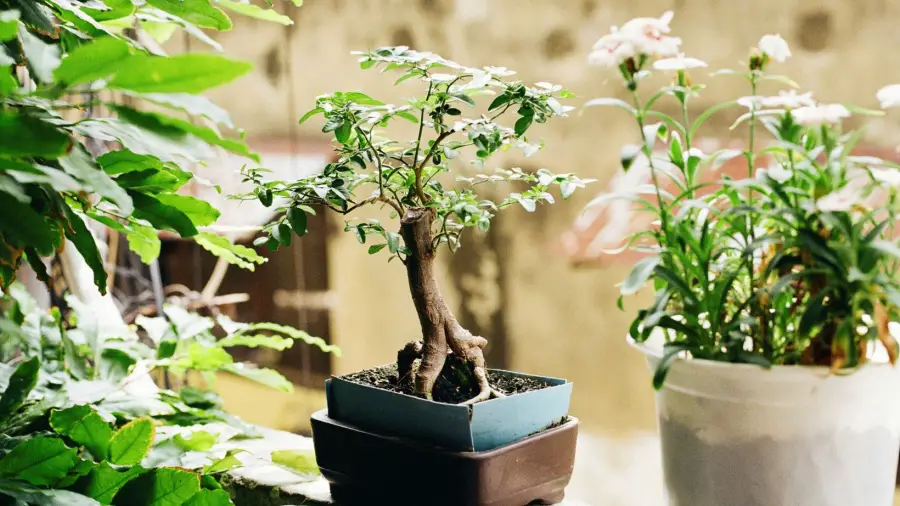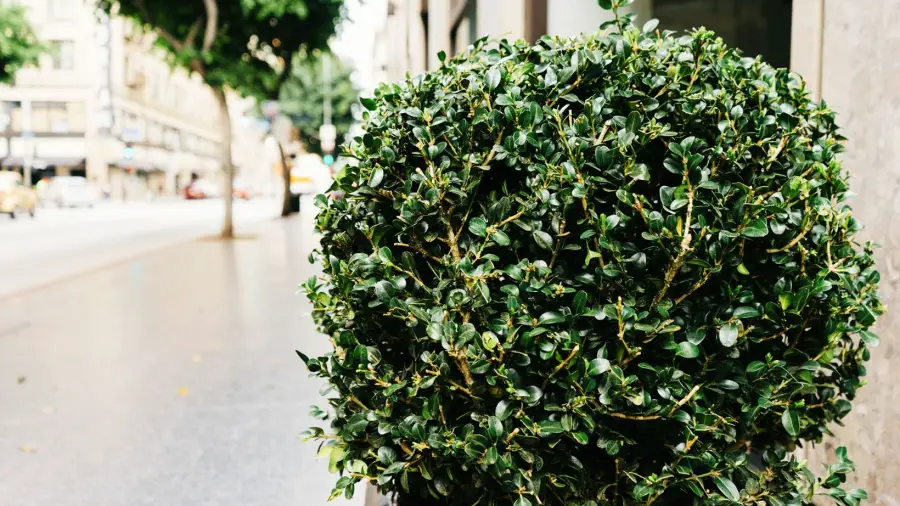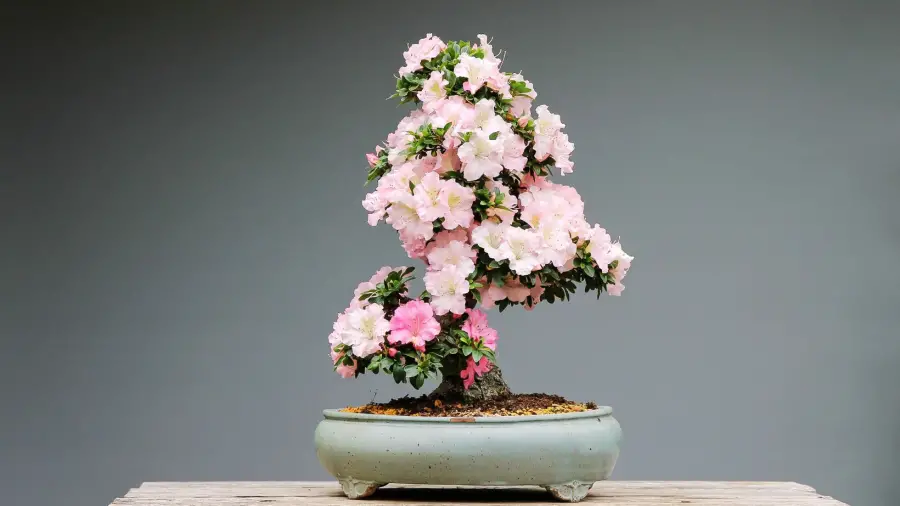Bonsai orange trees are dwarf citrus plants cultivated for their decorative appeal. They produce fragrant flowers and miniature oranges.
A bonsai orange tree brings a blend of horticultural artistry and the lush, fragrant presence of a living plant to any space. Perfect for indoors and small gardens, these miniature trees combine the aesthetic grace of traditional bonsai with the delight of growing your own citrus fruit.

Mastery of proper bonsai techniques ensures the health and beauty of these trees, requiring a balance of sunlight, watering, pruning, and feeding. Cultivating a bonsai orange tree is both a rewarding hobby and a creative outlet, appealing to gardeners and art enthusiasts alike. As a living piece of decor, these trees can live for many years with the right care, delivering continuous joy and a touch of nature’s brilliance to your home.
Table of Contents
Introduction To Bonsai Orange Trees
Bonsai, an art form hailing from ancient traditions, merges nature and cultivation to craft miniature trees that mirror the majesty of their full-sized counterparts. Among these, the bonsai orange tree stands out as a vibrant yet diminutive citrus marvel. It brings together the intricate techniques of bonsai with the sweet allure of orange trees, delighting enthusiasts with its fragrant blossoms and miniature fruit.
Origins Of Bonsai Orange Trees
Bonsai orange trees root back to ancient Chinese gardens, later refined in Japan. From royal palaces to warrior homes, the practice symbolized harmony and patience. Grafted from traditional citrus trees, these bonsai varieties now thrive worldwide, gracing collectors’ spaces with their miniature zest.
The Aesthetic Value Of Bonsai Citrus
- Visual appeal: The bonsai orange tree fuses lush green leaves with bright orange fruits.
- Sensory delight: White blossoms exude a sweet scent, an immersive sensory joy.
- Seasonal beauty: Its ever-changing nature reflects the seasons within the home.
Understanding The Unique Traits Of Bonsai Orange Trees
Compact growth: Bonsai orange trees maintain a small stature, ideal for indoor display.
Care requirement: They need ample sunlight, trimmed roots, and patient training to thrive.
Symbolic significance: These trees symbolize good luck and prosperity, enhancing the cultural richness of the bonsai tradition.
Fundamentals Of Bonsai Orange Tree Care
Bonsai Orange Tree Care makes the art of miniature tree cultivation both fascinating and rewarding. With the right guidance, even beginners can enjoy the splendor of these tiny citrus wonders. An orange tree shrunk to bonsai size still carries the same sweet scent and vibrant fruit as its larger counterparts, offering a unique blend of horticulture and artistic design. Let’s dive into the care specifics to keep your bonsai orange tree flourishing.
Suitable Varieties For Bonsai Orange Cultivation
Selecting the right variety is crucial for bonsai success. Not all orange trees are appropriate for bonsai cultivation. Look for dwarf types, known for their manageable growth patterns and suitability for confined spaces. Popular choices include:
- Calamondin – Also known as miniature or Philippine oranges.
- Otaheite – An ornamental option that also produces small, edible fruits.
- Kumquat – Though not a true orange, its small size and fruit-bearing qualities make it ideal for bonsai.
Essentials Of Potting And Soil Composition
The vitality of a bonsai tree lies in the potting and soil. A well-draining soil mixture allows roots to breathe and stay healthy. Incorporate components like:
| Material | Benefit |
|---|---|
| Akadama | Ensures good water retention and drainage. |
| Pumice | Adds to drainage and aeration. |
| Lava rock | Provides structure and root support. |
| Organic compost | Supplies nutrients for healthy growth. |
Light Requirements And Temperature Control
Bonsai orange trees crave sunlight and warmth. They thrive in:
- Bright, indirect sunlight for most of the day.
- Temperatures between 60-85°F (15-29°C).
Winter care expects protection from cold drafts and reduced light. Keep trees in a bright, cool room during dormant months.
Watering Techniques And Humidity Considerations
Consistent moisture levels are key, but avoid overwatering. Follow these tips:
- Check soil moisture before watering – it should dry slightly between sessions.
- Mist leaves daily to maintain humidity, mimicking the natural orange tree environment.
- Use a watering can with a fine nozzle to gently soak the soil without disturbing it.
Advanced Care And Maintenance
Advanced care and maintenance are key for a thriving Bonsai Orange Tree. To ensure your mini citrus haven remains healthy and aesthetically pleasing, a few expert techniques are necessary. Let’s delve into the advanced care aspects crucial for your Bonsai Orange Tree.
Pruning And Shaping: Techniques For Form And Health
Pruning isn’t just about looks; it’s about health too. The goal is to maintain shape and encourage fruitful growth. Regular pruning prevents overgrowth and ensures light reaches all leaves.
- Prune back to 2 leaves after 6-8 leaves have grown.
- Remove any dead or broken branches.
- Thin the canopy to allow light inside the tree.
Fertilization: Types And Timing For Optimal Growth
Your tree needs the right food at the right time. Citrus-specific fertilizers are the best. They contain nitrogen, phosphorus, potassium, and other micro-nutrients in balanced forms ideal for oranges.
| Season | Fertilizer Type | Frequency |
|---|---|---|
| Spring-Summer | High-nitrogen mix | Every 3-4 weeks |
| Autumn-Winter | Low-nitrogen mix | Every 6-8 weeks |
Repotting Essentials: When And How To Refresh Your Bonsai
Repotting gives your tree fresh soil and room to grow. Repot young trees every 2 years, older ones every 3-5 years. Do it during early spring. Here’s how:
- Remove the tree from its pot gently.
- Prune the roots, cutting away up to a third.
- Place in a new pot with fresh soil mix.
Pest And Disease Management In Bonsai Orange Trees
Healthy trees fight pests and diseases better. For prevention, keep your tree clean and check regularly. If pests appear, identify them and treat with specific insecticides. Common issues include:
- Spider mites – Watch for webbing and treat with miticide.
- Scale insects – Remove by hand and apply horticultural oil.
Fruiting And Flowering
The enchanting cycle of fruiting and flowering transforms a Bonsai Orange Tree into a
miniature orchard. Tiny white blossoms fill the air with sweet fragrance, heralding the
arrival of vibrant oranges. This process captures the magnificence of nature on a diminutive scale,
providing both a soothing aesthetic and a rewarding gardening experience.
Pollination Assistance For Indoor Bonsai Trees
Indoors, bees and other pollinators can’t visit. Your Bonsai Orange Tree needs help. Gently brush
between flowers with a small paintbrush or cotton swab. This mimicry of natural pollination helps
ensure your tree sets fruit.
Encouraging Fruit Production In Miniature Citrus
- Regular feeding with a high-potassium fertilizer boosts fruit quality.
- Ensure consistent watering without waterlogging the soil.
- Provide ample sunlight — citrus trees love full sun.
- Keep temperatures between 12°C and 25°C for optimal growth.
Seasonal Care: Preparing Your Bonsai For Bloom And Harvest
- Spring: Prune selectively to encourage new growth and flowers.
- Summer: Protect from extreme heat and keep hydrated.
- Autumn: Reduce watering as growth slows down.
- Winter: Provide light and avoid cold drafts.
Beyond The Basics: Enhancing Your Bonsai’s Beauty
Beyond the Basics: Enhancing Your Bonsai’s Beauty takes your Bonsai Orange Tree from merely thriving to truly captivating. Advanced care breathes life into its miniature landscape. Let’s dive into expert tips for presentation and upkeep, ensuring your bonsai remains a stunning work of art.
Display Tips And Aesthetic Accessories
Proper display turns your bonsai into a focal point. Consider these essentials:
- Direction: Face the most intricate branch patterns forward.
- Elevation: Use stands to give your bonsai prominence.
- Contrast: Contrast a dark pot against a light surface.
- Harmony: Select pots that complement the tree’s colors.
Accessorize with items like:
| Accessory | Function |
|---|---|
| Figurines | Adds charm |
| Mini rocks | Creates landscape |
| Moss | Enhances greenery |
Winter Care: Protecting Your Bonsai Orange Tree
Cold months demand extra attention. Implement these tips to shield your tree:
- Bring indoors if temperatures drop below 54°F (12°C).
- Position near a bright window but away from direct heat sources.
- Use a humidity tray to maintain moisture.
- Water sparingly, allowing the soil to dry slightly between watering.
- Fertilize carefully; growth slows in winter, requiring less food.
Community And Resources For Bonsai Enthusiasts
Join a community to swap tips and inspiration. Here are ways to engage:
- Local bonsai clubs: Share experiences and learn from others.
- Online forums: Ask questions, post photos, and get feedback.
- Social media groups: Connect with hobbyists worldwide.
- Books and guides: Dive deeper into advanced techniques.
Frequently Asked Questions Of Bonsai Orange Tree
Can I Make An Orange Tree Bonsai?
Yes, you can create a bonsai from an orange tree. With proper pruning and care, an orange tree can be trained as a bonsai plant.
Are Bonsai Oranges Edible?
Yes, bonsai oranges are edible. They taste similar to regular oranges but may vary in sweetness and acidity. Always ensure they are free from harmful pesticides before consumption.
Can You Grow Orange Tree Indoors?
Yes, you can grow an orange tree indoors using a dwarf variety and providing adequate sunlight, water, and care. Ensure it’s potted in well-draining soil and placed in a sunny spot.
What Is The Hardest Tree To Bonsai?
The hardest trees to bonsai typically include pines and oaks due to their slow growth and specific care needs.
Conclusion
Embracing the art of growing a bonsai orange tree offers a blend of horticultural technique and aesthetic pleasure. It’s a rewarding journey, both as a hobby and a natural statement piece. Perfect for small spaces, these miniature citrus wonders can infuse your home or office with lush greenery and fragrant blossoms.
Start nurturing your bonsai orange today and savor its enduring charm.
(To learn more about Bonsai Orange Tree Care: https://bonsairesourcecenter.com/bonsai-orange-tree-growers-guide/)

